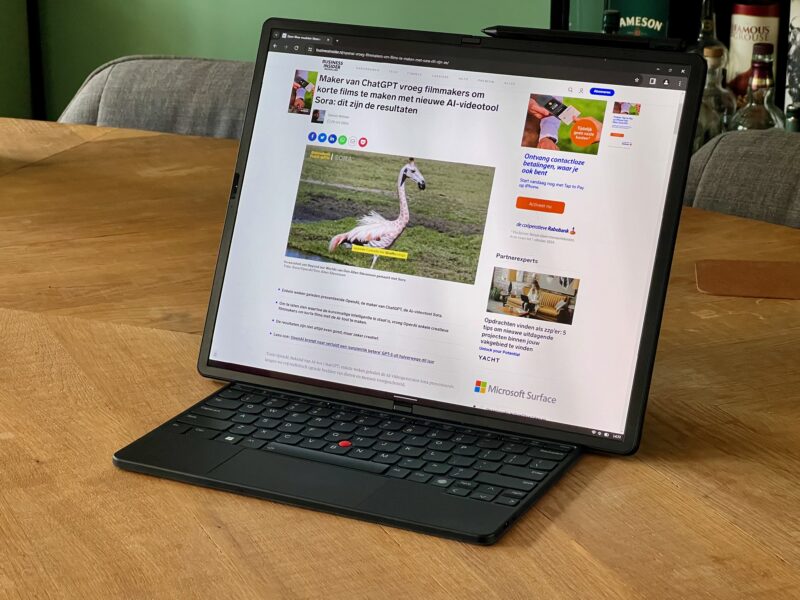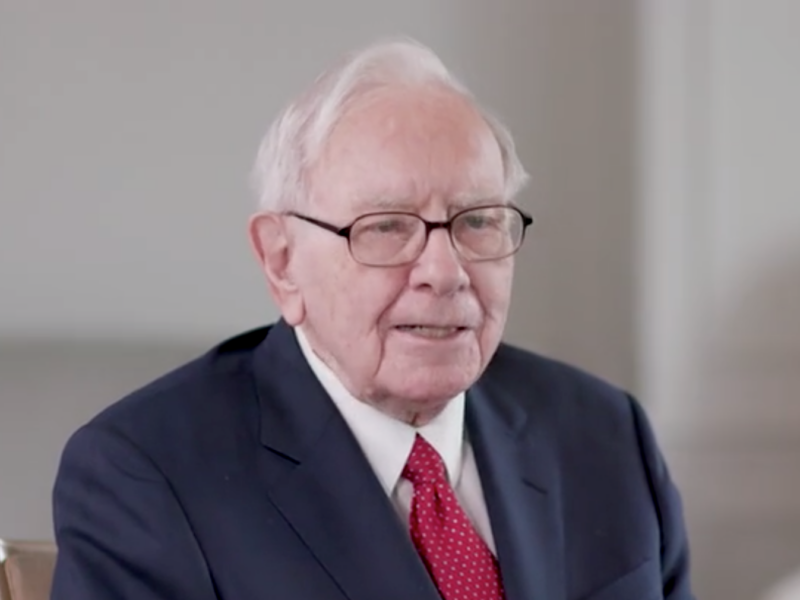
Daniel Slim/AFP/Getty Images
- Businesses in the US added 916,000 jobs in March, beating the projected gain of 660,000.
- The increase is the largest since August and marks a third straight monthly gain.
- The unemployment rate fell to 6.0% from 6.2%, matching the median economist estimate.
- See more stories on Insider's business page.
Hiring in the US rebounded in March as early reopening throughout the country and massive stimulus revived economic activity.
Nonfarm payrolls grew by 916,000 last month, according to the Bureau of Labor Statistics. That comes in above the median estimate of 660,000 new payrolls from economists surveyed by Bloomberg. The reading is the largest one-month gain since August and marks a third straight increase.
The jump follows an upwardly revised increase of 468,000 payrolls in February.
The headline unemployment rate fell to 6.0% from 6.2%, matching economist estimates.
The U-6 unemployment rate – which includes Americans employed part-time for economic reasons and those marginally attached to the labor force – fell to 10.7% from 11.1%. The labor force participation rate edged higher to 61.5% from 61.4%.
Digging into the numbers
The agency's monthly report offers economists the most detailed look at how hiring accelerated amid new stimulus and eased lockdowns. The data also dives into the nature of work during the pandemic and previews permanent changes in the labor market.
About 3.7 million Americans named the pandemic as the primary reason they didn't look for jobs in March, down from 4.2 million the month prior. Roughly 11.4 million people said COVID-19 was the main reason why their employer halted operations, down from 13.3 million.
About 2 million people classified their unemployment as temporary, compared to 2.2 million Americans in February. That reading is only a fraction of the 18 million seen at the April 2020 peak, but compares to pre-pandemic levels of about 700,000.
Roughly 21% of workers said they telecommuted in March because of the pandemic. That's down from 22.2% in February, suggesting the warmer weather and lifting of economic restrictions allowed more Americans to physically show up for work.
'Millions of jobs, good-paying jobs'
Several encouraging trends converged and helped lift the labor market throughout March. For one, virus cases tumbled further from their winter highs, albeit at a slower pace than seen in February. Daily case counts stood at roughly 68,000 at the end of March, according to The New York Times. That's up slightly from the month's low but still down significantly from months prior.
All the while, the country's rate of vaccination climbed and pulled forward estimates for when the economy can fully reopen. Roughly 2.8 million vaccines were being administered every day on average by the end of last month, up from 1.7 million on the last day of February. At the current pace, it would take about four months to inoculate 75% of the population, according to Bloomberg's vaccine tracker.
The $1.9 trillion relief package passed in March also juiced the recovery last month. Democrats' stimulus plan included $1,400 direct payments, a $300 supplement to federal unemployment benefits, and aid for state and local governments.
Payments began to hit Americans' bank accounts mere days after the bill's passage and swiftly boosted spending habits. Credit- and debit-card information collected by Bank of America showed "exceptional consumer spending" through the second half of the month, the bank's economists said in a March 25 note. Total card spending was up 45% year-over-year in the last week of March, they added. That bump stands to increase hiring as businesses look to meet stronger demand.
The stimulus' passage and its effects on spending led several banks to lift their forecasts for overall growth in 2021. Morgan Stanley was among the more optimistic of those on Wall Street, raising its estimate to 8.1% growth and projecting that GDP would reach pre-pandemic highs by the second quarter. Bank of America, Fitch, and UBS also improved their forecasts.
Even the Federal Reserve boosted its outlook. The central bank's quarterly economic projections - the first to factor in President Joe Biden's stimulus plan as well as the $900 billion relief package passed in December - saw forecasted growth climb to 6.5% from 4.2%.
Everyday Americans are also feeling more positive about the economy. The University of Michigan's gauge of consumer sentiment rose to one-year highs last month, as did its measures of current and future expectations. Like with other indicators, the bulk of the sentiment index's gains were driven by fresh stimulus support and optimism toward vaccine rollouts, Richard Curtin, chief economist for the university's surveys of consumers, said.
And although stimulus isn't even a month old, the White House is already working on a follow-up specifically to accelerate hiring. Biden unveiled the American Jobs Plan on Wednesday, a $2.3 trillion package that focuses on improving American infrastructure. The proposal includes funds for restoring roads and bridges, shoring up affordable housing, backing clean-energy projects, and creating a nationwide broadband network.
"It'll create millions of jobs, good-paying jobs. It'll grow the economy, make us more competitive around the world, promote our national security interest, and put us in a position to win the global competition with China in the upcoming years," the president said.
The plan is only the first part of a larger spending package. The second, named the American Families Plan, is expected to include funding for universal pre-K, free community college, and aid for child care facilities. The two spending plans will reportedly cost up to $4 trillion together. But while stimulus fuels a swift and temporary jump in GDP, infrastructure spending can provide a permanent support to long-term growth, Robert Kaplan, president of the Federal Reserve Bank of Dallas, said Wednesday.
"The nice thing and the desirable thing, for me, about infrastructure spending: it's that it's a long-term investment," the central bank president said on Bloomberg TV. "It should help, in the future, create higher potential GDP growth, higher sustainable growth, better productivity."










